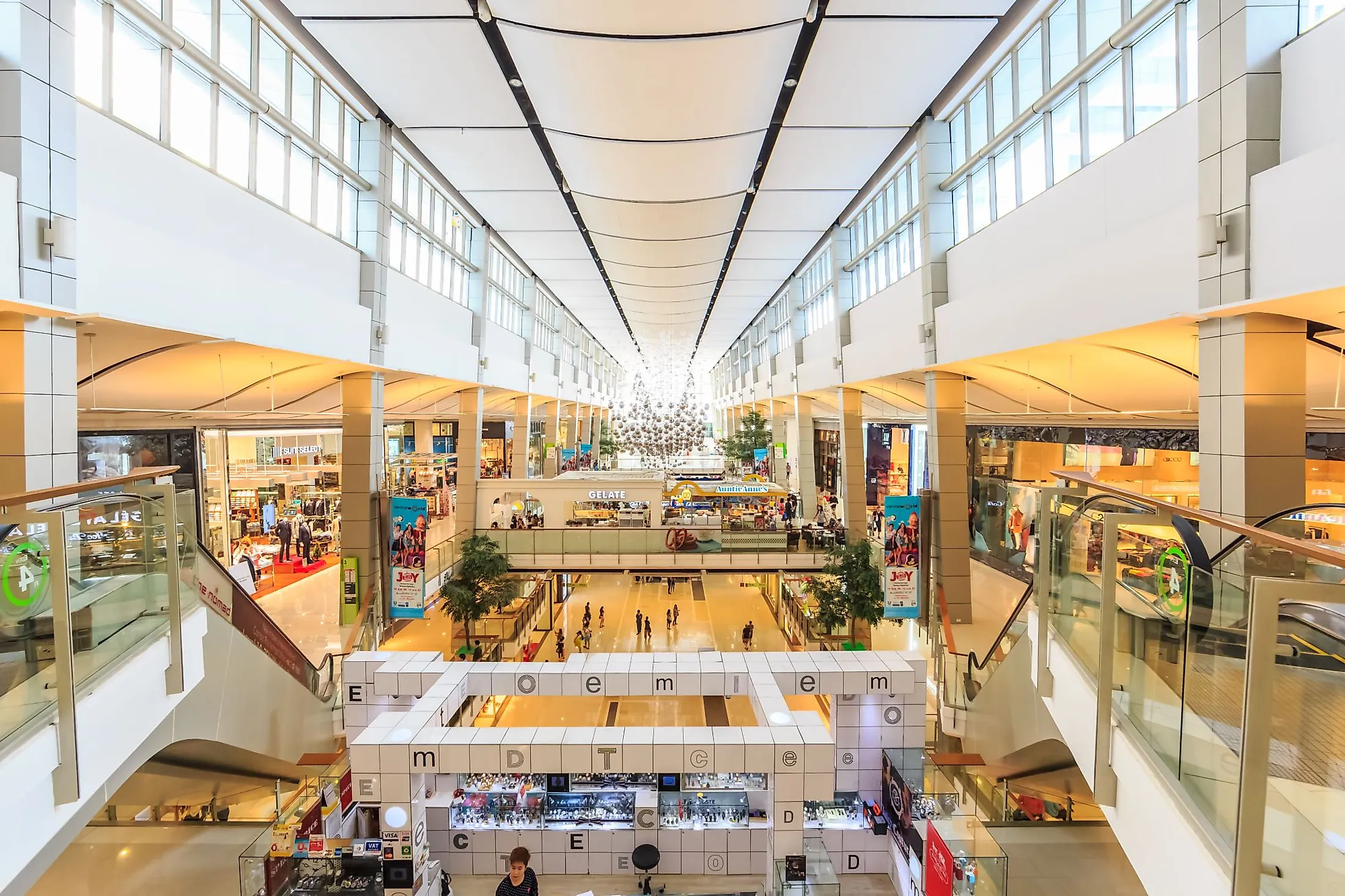The adoption of contactless payment methods has swiftly become the norm in retail stores across the country, revolutionizing the shopping experience and reshaping the landscape of financial transactions. As consumers increasingly prioritize convenience and speed, retail establishments are adapting to these demands by integrating contactless payment systems into their operations. This shift is driven by a combination of technological advancements, changing consumer behaviors, and heightened health and safety considerations. Contactless payments, which use technologies such as Near Field Communication NFC and Radio Frequency Identification RFID, allow customers to complete transactions with a simple tap of their payment card or smartphone. This method significantly reduces the time spent at checkout, minimizing wait times and enhancing overall customer satisfaction. The convenience of contactless payments extends beyond speed; it also eliminates the need for physical contact, which has become particularly important in the wake of the COVID-19 pandemic. Shoppers and retailers alike are keenly aware of hygiene and safety, making contactless payments a preferred option to reduce the risk of virus transmission.

Retailers, recognizing the growing demand for such technologies, are investing in the necessary infrastructure to support contactless transactions. Point-of-sale POS systems equipped with NFC technology are becoming standard, allowing for seamless integration with various payment methods, including credit and debit cards, mobile wallets, and digital currencies. This widespread adoption not only improves the efficiency of transactions but also enhances security. Contactless payments use encryption and tokenization to protect sensitive information, reducing the risk of fraud and unauthorized access. The benefits of contactless payments are also evident in their impact on consumer behavior. The convenience and speed associated with these methods have led to increased transaction volumes and higher average purchase amounts. Consumers appreciate the ability to quickly complete their purchases without the need to fumble with cash or cards, which can lead to more spontaneous buying decisions and enhanced overall shopping experiences.
Moreover, the rise of contactless payments aligns with broader trends in digitalization and technological innovation. As more consumers become accustomed to using mobile payment apps and digital wallets, the demand for contactless options is expected to continue growing. Retailers who embrace these technologies are positioning themselves to meet future consumer expectations and stay competitive in a rapidly evolving market. In conclusion, contactless payment methods have emerged as a standard practice in retail stores nationwide, driven by the need for convenience, safety, and efficiency. As technology continues to advance and consumer preferences shift, the adoption of contactless payments is likely to expand further, shaping the future of retail transactions. Retailers who successfully integrate these technologies into their operations are not only enhancing their customer service but also preparing themselves for a more seamless and secure financial landscape.

